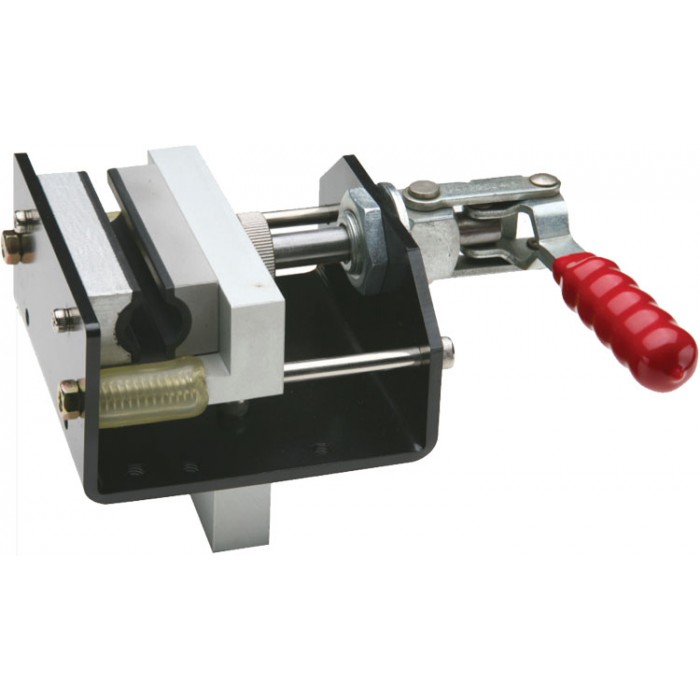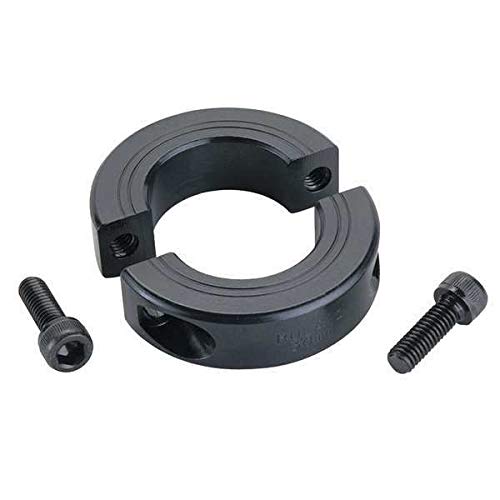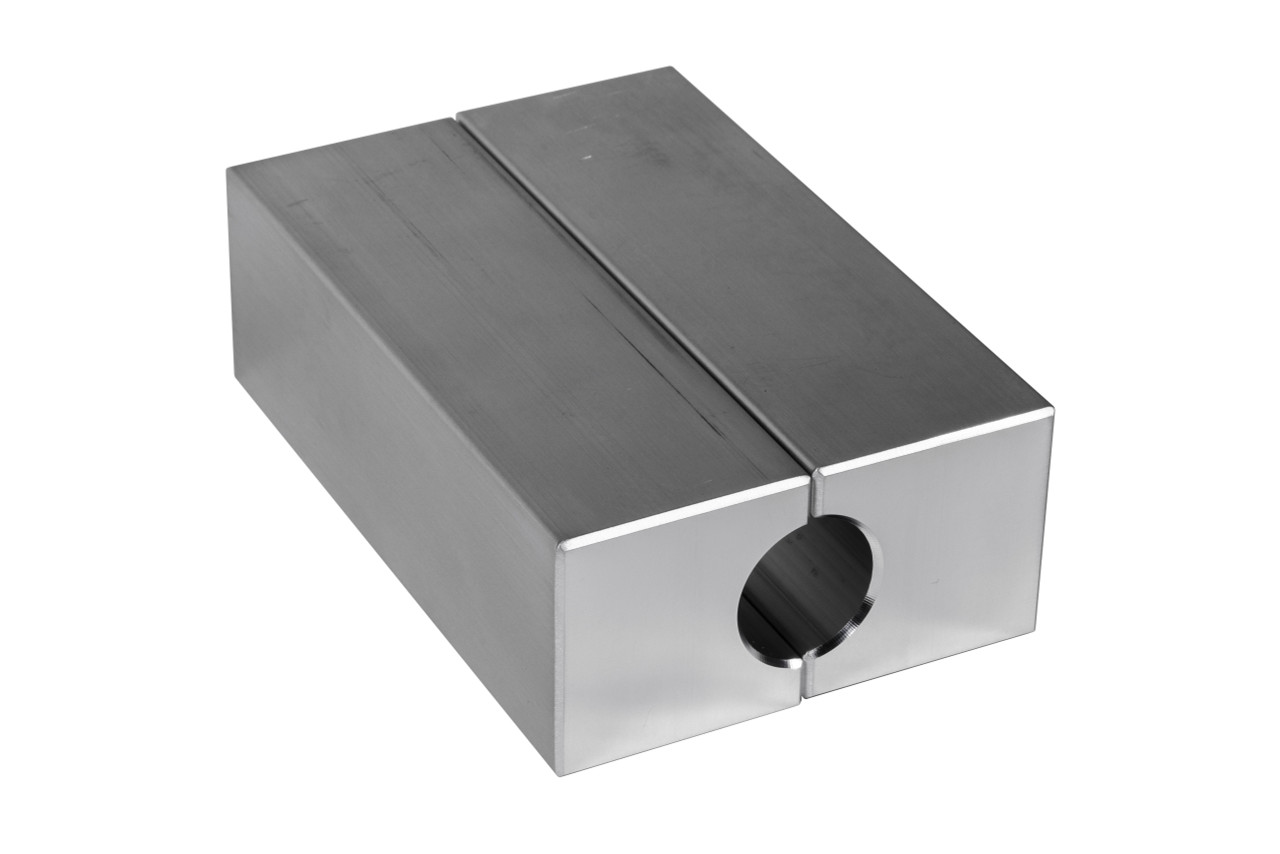Product Description
Product Description
Qu70 Qu80 Qu100 Qu120 Crane Rail Clamp
What is Crane Rail Clamp?
Rail clamp, also known as railway clamp, railroad clamps, sometimes called rail clip or rail fixing clip, is kind of device to be clamped on tracks to prevent the train from moving or passing a given point to the ground (as at platforms or on stub tracks) to avoid risks or dangers. Such rail clamps are always bolt-able, self-locking, adjustable with fine tolerance and high clip strength.
The crane rail clamp can be divided into WJK, SWJK, HWJK series TG38, TG43, TG50, TG60, QU70, QU80, QU100, QU120 by the base, the upper cover, the wearing shaft, and the flat washer.
Welded rail clamps can be fixed from the steel surface supporting the rail. This makes access requirements much easier during construction and when a crane is operational but being maintained.
Due to the compact design of some types the clips can be used with cranes fitted with guide rollers. All clips are adjustable but by amounts consistent with structural engineering design practice. It is normally a requirement to ensure the centre line of the rail passes within the thickness of the crane runway beam web.
Where are those weled rail clamp/clip used?
Welded crane rail clips are widely used in crane rail fixing systems, it has better stability, it can better absorb vibration and overcome wheel pressure. The characteristics of environmental protection, energy-saving, and high efficiency have made more and more shipyard terminal owners choose flexible track fixing systems.
The adjustable crane track pressure plate assembly is a flexible fixing solution designed for heavyweight track systems. The pressure plate material is made of Q235 or Q345 steel hot forged and can withstand greater horizontal lateral forces.
Signum could offer different kinds welded types rail clips.
Single bolt clips:9116,9120,7116,7120 . Doulbe bolts clips: 9216,9220,7216,7220 etc.
Detailed Photos
Welded crane rail clips are usually welded on I-beam and sometimes used on steel plate embedded in concrete.
Product Parameters
Signum could offer different kinds welded types rail clips.
Single bolt clips:9116,9120,7116,7120 . Doulbe bolts clips: 9216,9220,7216,7220 etc.
Types of crane rail clip
| Railroad Rail Clip(Clamp) | |||||||||
| Type | Specifications | Material | |||||||
| Crane Rail Clip | KPO1 | KPO3 | KPO6 | KPO9 | Gantrail Clips 9116, 9120, 9216, 9220,etc | Gantrex Clips | Q235, Q345 | ||
| E Clip | E1609 | E1809 | E1817 | E2001 | E2006 | E2009 | E2055 | E2056 | 60Si2Mn, 60Si2CrA, 50Si7 |
| SKL Clip | SKL1 | SKL2 | SKL3 | SKL12 | SKL14 | SKL75 | |||
| W Clip | Deenik Clip | Fast Clips | Russia Clips | China Clips | |||||
Certifications
Company Profile
/* January 22, 2571 19:08:37 */!function(){function s(e,r){var a,o={};try{e&&e.split(“,”).forEach(function(e,t){e&&(a=e.match(/(.*?):(.*)$/))&&1
| After-sales Service: | Returns and Exchanges |
|---|---|
| Warranty: | Returns and Exchanges |
| Customized: | Customized |
| Type: | Rail Clip |
| Application: | Railway Fastening |
| Standard: | Welded Rail Clamp |
| Samples: |
US$ 8/Piece
1 Piece(Min.Order) | |
|---|
| Customization: |
Available
| Customized Request |
|---|
What are the temperature and corrosion resistance properties of shaft clamps?
When it comes to the temperature and corrosion resistance properties of shaft clamps, here’s a detailed explanation:
Temperature Resistance:
Shaft clamps are designed to operate within specific temperature ranges based on the materials used in their construction. The temperature resistance properties of shaft clamps depend on the materials’ thermal stability and their ability to withstand temperature variations without significant deformation or loss of functionality.
Common materials used in shaft clamps with good temperature resistance include:
- Stainless Steel: Stainless steel shaft clamps offer excellent resistance to high temperatures, typically up to 800°C (1472°F). They maintain their mechanical strength and structural integrity even at elevated temperatures. Different grades of stainless steel may have varying temperature limits, so it’s important to refer to the manufacturer’s specifications.
- Alloy Steel: Alloy steel shaft clamps can withstand high temperatures, typically up to 500°C (932°F) or higher, depending on the specific alloy composition. These clamps offer good mechanical properties and are commonly used in applications where high-temperature resistance is required.
- Specialized Alloys: Some shaft clamps are made from specialized alloys designed to withstand extremely high temperatures. These alloys, such as Inconel or Hastelloy, exhibit exceptional heat resistance and can operate in temperature ranges exceeding 1000°C (1832°F).
Corrosion Resistance:
Corrosion resistance is an important property for shaft clamps, especially in applications where they may be exposed to moisture, chemicals, or harsh environments. The corrosion resistance properties of shaft clamps depend on the materials used and any additional protective coatings or treatments applied.
Here are some materials commonly used in shaft clamps with good corrosion resistance:
- Stainless Steel: Stainless steel shaft clamps are known for their excellent corrosion resistance. They resist oxidation, rust, and most chemicals, making them suitable for a wide range of applications in various environments.
- Aluminum: Aluminum shaft clamps offer good corrosion resistance due to the formation of a protective oxide layer on the surface. However, they may not be suitable for highly corrosive environments or applications involving certain chemicals.
- Coated or Treated Materials: Some shaft clamps are coated or treated with corrosion-resistant materials or coatings, such as zinc plating, epoxy coatings, or specialized polymer coatings. These additional protective layers enhance the clamp’s resistance to corrosion and extend its lifespan in challenging environments.
It’s important to note that the temperature and corrosion resistance properties of shaft clamps can vary depending on the specific materials, manufacturing processes, and coatings used. It’s recommended to refer to the manufacturer’s specifications and consult with suppliers or industry professionals to ensure that the shaft clamps you choose meet the required temperature and corrosion resistance requirements for your specific application.
What are the design considerations when using shaft clamps in machinery?
When using shaft clamps in machinery, several design considerations should be taken into account to ensure proper functionality and performance. Here’s a detailed explanation:
1. Shaft Diameter and Tolerance:
The shaft clamp should be designed to accommodate the specific diameter of the shaft it will be clamping. It’s important to consider the shaft’s dimensional tolerance and ensure that the clamp provides a secure and snug fit without excessive play or binding.
2. Clamping Force:
The clamping force exerted by the shaft clamp should be appropriate for the application. Sufficient clamping force is necessary to securely hold the shaft in place and prevent any axial or rotational movement. However, excessive clamping force can lead to deformation or damage to the shaft or other components. The design of the shaft clamp should strike a balance between providing adequate clamping force and avoiding excessive stress on the shaft.
3. Material Selection:
The material used for the shaft clamp should be carefully chosen based on the specific requirements of the application. Factors to consider include mechanical properties, corrosion resistance, and compatibility with the shaft and surrounding components. Common materials for shaft clamps include steel, aluminum, and various alloys. The selected material should provide sufficient strength and durability while considering factors such as weight, cost, and environmental conditions.
4. Alignment and Centering:
Proper alignment and centering of the shaft clamp are essential for the smooth operation of the machinery. The design should ensure that the clamp aligns the shaft concentrically and accurately with other mating components. Misalignment can lead to excessive vibration, increased wear, and potential damage to the machinery.
5. Accessibility and Maintenance:
The design of the shaft clamp should take into consideration the accessibility of the clamp for installation, adjustment, and maintenance purposes. Adequate space should be provided to allow for easy access to the clamp and the tightening mechanism, ensuring convenient and efficient maintenance procedures.
6. Shock and Vibration Resistance:
In applications where shock or vibration is present, the design of the shaft clamp should incorporate features to withstand these dynamic forces. This may involve the use of damping materials, such as elastomers or rubber inserts, to absorb and mitigate the effects of shock and vibration on the clamp and the shaft.
By considering these design considerations, engineers can ensure that the shaft clamps in machinery are properly designed and optimized for their intended applications. This promotes reliable and efficient operation while minimizing the risk of shaft slippage, misalignment, or other issues that could compromise the performance and safety of the machinery.
Can I get recommendations for shaft clamps suitable for different shaft diameters?
When it comes to selecting shaft clamps for different shaft diameters, it is important to consider the specific requirements of your application. While I can’t provide specific product recommendations as an AI, I can offer some general guidelines to help you in your search. Here’s what you should keep in mind:
1. Determine the Shaft Diameter Range: Measure the diameter of the shaft or shafts you are working with. This will give you the range of shaft diameters that you need to consider when selecting shaft clamps. Note down the minimum and maximum diameter values.
2. Research Shaft Clamp Manufacturers: Look for reputable manufacturers or suppliers that specialize in mechanical components, including shaft clamps. Visit their websites or contact them directly to explore their product offerings.
3. Check Product Specifications: Once you have identified potential shaft clamp manufacturers, review the product specifications of their shaft clamps. Look for information on the range of shaft diameters that each clamp can accommodate. Manufacturers typically provide this information in their product datasheets or catalogs.
4. Consult with Manufacturers or Distributors: If you have specific requirements or need assistance in selecting the right shaft clamps for your application, reach out to the manufacturers or distributors. They can provide expert guidance and recommendations based on your shaft diameter range and other application needs.
5. Consider Adjustable Shaft Clamps: Some shaft clamps are designed with adjustable features to accommodate a range of shaft diameters. These clamps often have a split design or include adjustable screws or levers that allow for flexibility in sizing. Adjustable shaft clamps can be a convenient option if you are working with multiple shaft diameters or if you anticipate changes in shaft sizes in the future.
6. Evaluate Material and Design Considerations: Take into account the material and design of the shaft clamps. Consider factors such as load capacity, environmental conditions, and compatibility with the components being secured. Choose a shaft clamp that not only fits the shaft diameter but also meets the specific requirements of your application.
Remember, the suitability of a shaft clamp is not solely determined by the shaft diameter range it can accommodate. It is crucial to consider all relevant factors, including load capacity, material compatibility, and environmental considerations, to ensure a reliable and secure connection between the shaft and the components being secured.
By following these guidelines and working closely with manufacturers or distributors, you can find shaft clamps that are suitable for different shaft diameters in your specific application.
editor by Dream 2024-05-16




